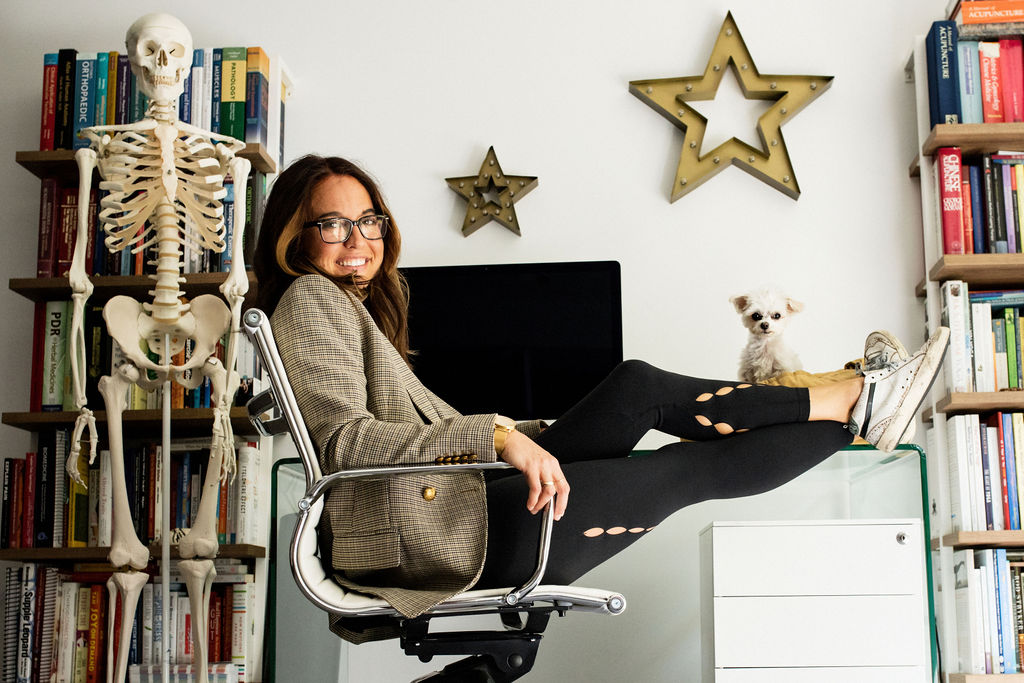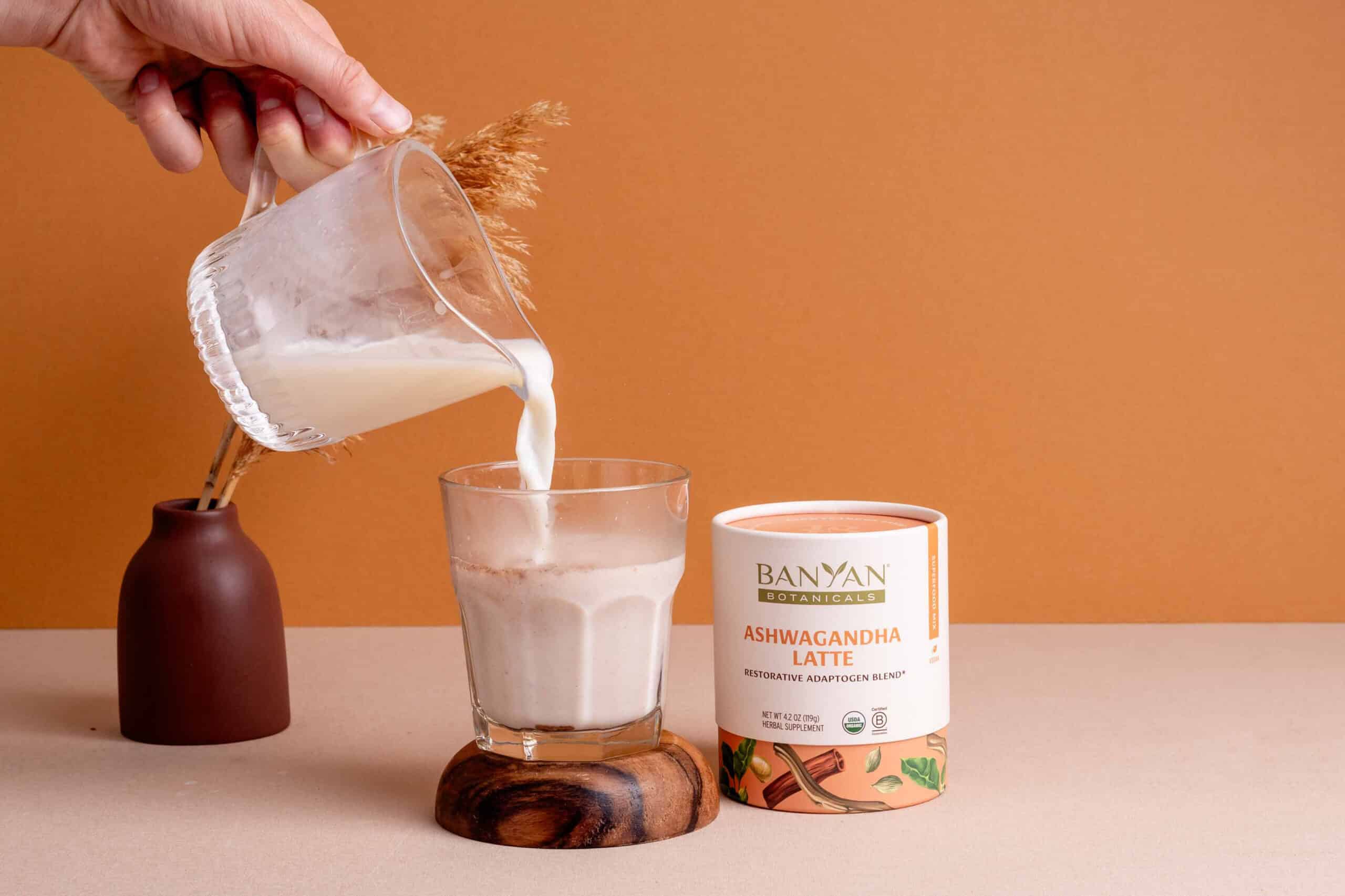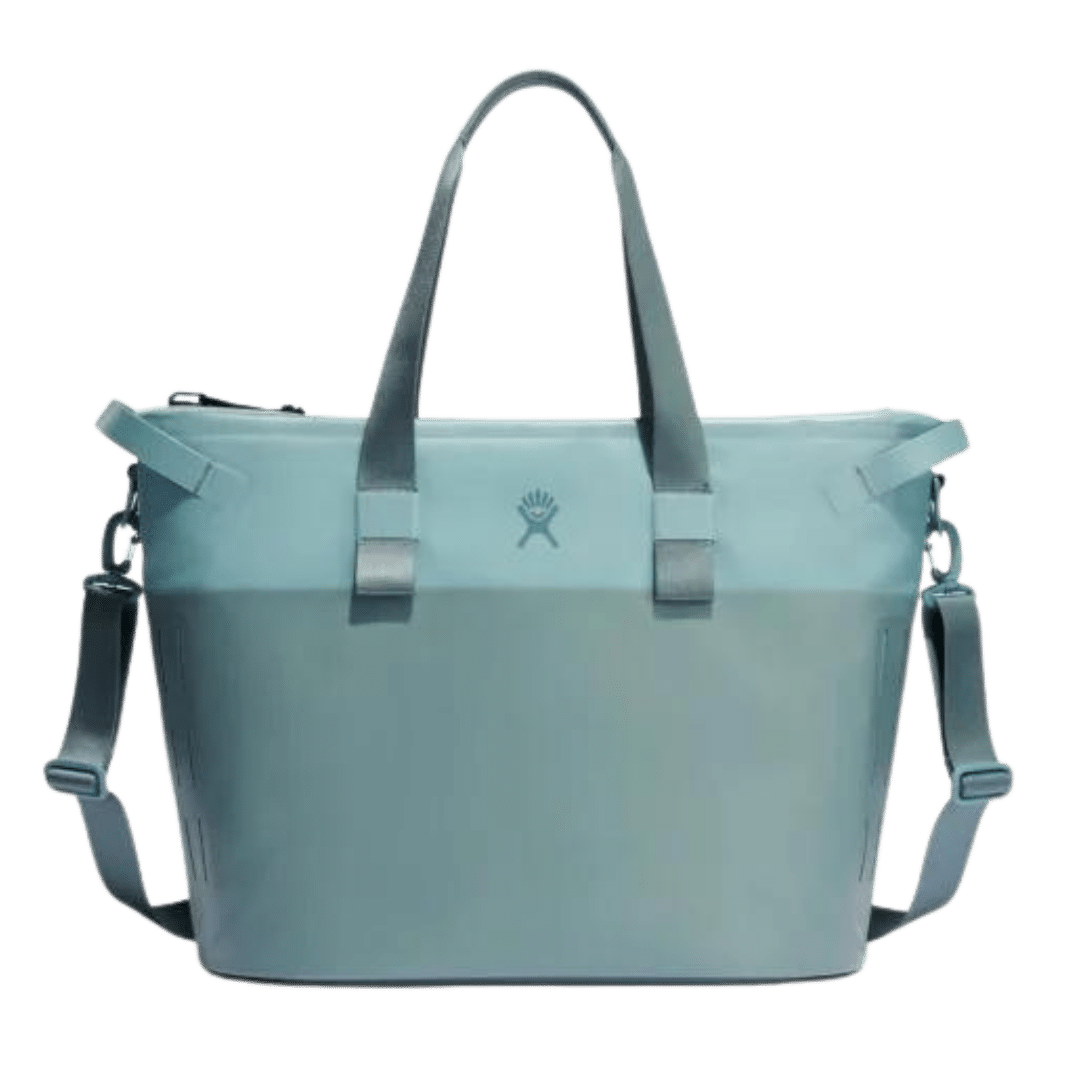Q+A with Tiffany Cruikshank : The Importance of Anatomy in a Yoga Practice
Tiffany Cruikshank, founder of Yoga Medicine®, started practicing yoga when she was 14 years old. After her parents sent her away on a wilderness program, her eyes were opened to the world of holistic wellness.
“As soon as I discovered yoga, the physicality of it really appealed to my inner athlete and drew me in,” Cruikshank says.
After living and seeing patients in New York, Sydney, Portland and Los Angeles, Chruikshank now lives in Seattle with her family, where she spends most of her time teaching yoga classes online, educating yoga teachers on the importance of anatomy and providing wellness modalities to the healthcare community.
What was your journey to discovering the connection between healthcare and yoga?
Tiffany Cruikshank: After studying both eastern and western views of medicine for many years and as I started seeing patients, I quickly saw the need for yoga in the wellness realm. I realized that my patients who did yoga responded to treatments more quickly. I started giving them “yoga prescriptions” alongside the acupuncture, nutrition and herbs. I have always believed in the effectiveness of a three-dimensional approach and the importance of the proactive involvement of the patient, so it was a no-brainer for me.
What role does yoga play in your everyday life?
Tiffany Cruikshank: Yoga is a big part of my daily life, in many different forms. Whether it’s a longer or shorter practice, more movement or mind-based, the work that I do for YM, what’s important to me is a purpose-driven practice. It gives me the time and space to acknowledge where I’m at that day and allow myself to focus on what I need that day. By removing the need to do a certain practice or look a certain way, I can find what nourishes me and helps me thrive in my day. As humans, we have so many things to do, create, people to support, so much on our list and, on top of that, we have new information coming at us each day about all the things we need to do to be healthy. For me it’s about using the tools of my practice to support my health on a three-dimensional level. A practice that acknowledges all of my needs whether physical, physiological, mental, spiritual, energetic, etc. I love that I can be so efficient with one practice. Most people don’t even realize how different their life can be when they improve their health and wellness. In research we call this quality of life, but the impacts are huge.
We make it really accessible with shorter classes that remind people that you don’t need to practice for hours a day. When you pour your attention and intention into your practice, even a short 20-minute practice can be really effective. Now that I focus more on training teachers, one thing I miss is the community support and seeing the learning students accumulate over time. So, I’m happy to have this resource now. I’ve added short bite-sized monthly resources for deeper learning, aimed at anyone looking to get the most out of their practice. I love including research reference and classes to bring the information to life.
The content I share goes beyond yoga sequences and helps prepare students for health, productivity and resilience. I include some other modalities that I have seen to be really effective with my patients and students — like myofascial release. Most people think of strength as just muscle, but tissue strength and injury prevention also rely on collagen and hyaluronic acid production, which can be influenced by things like myofascial release and specific yoga approaches like eccentric training.
What is the role of alignment in a physical yoga practice?
Tiffany Cruikshank: That’s a great question. I think alignment gives us a great foundation for the physical work we do as yoga teachers; it’s the backbone of our practice. What I love to do is train teachers to understand the body so they can then individualize the practice to each unique student, which requires training teachers to understand the body on a deeper level. As humans we love to have a clear path forward; i.e., you do this pose, this way, with this angle in the elbows. Unfortunately, the body doesn’t work that way. But that requires more learning to understand. The reality is that our body, on every level, is made to adapt.
There is rarely a right or wrong way to approach this practice, but we need to find the approach that suits the individual in front of us. In a general sense, it’s about bringing the body back into balance. Sometimes that requires an approach that’s more focused on anatomy or mental health or the nervous system or the organs or the energetic system or many other factors. This is why I love yoga. We have so many tools to acknowledge, respect and support the multidimensionality of the body/mind. Ultimately, we are complex beings living in a complex world and we must take all of that into context to help our students. It all begins by listening, which is why our connection to a personal practice is critical as well.
How can teachers better incorporate alignment into their classes?
Tiffany Cruikshank: The more we learn, the more we realize there is to learn and it’s easy to feel like we need more to be helpful. But the reality is that even the newest teacher can be so helpful. The key is that we need a commitment to continued education while still acknowledging how much we have to be of service to your students. We need to remember there is so much we don’t yet know about the human body, with new research coming out daily, so we must also be comfortable living in the mystery by embodying the experience and guiding our students to do the same.
So, for learning alignment, like our yoga practice, it’s about commitment to continued study alongside a willingness to allow ourselves to be immersed in the process. The only way to get there is to put one foot in front of the other and know there is no end point.
What is something you wish more practitioners and teachers of yoga knew about the practice?
Our mindful attention is crucial! There’s been plenty of great research to demonstrate that mindful attention or presence in what we do will magnify our outcomes of pretty much any healthcare modality. From pain to mental health and beyond, when we pay attention, when we have support, when we attend to our health, we see better outcomes. When a doctor administers pain medication, patients experience more relief than when they simply push a button. When we apply physical therapy or massage with mindful attention, we see better outcomes then when the patient is reading a book or zoning out. In yoga we know this, but research helps us appreciate that our mindful attention is a therapeutic modality of its own!
The power of the mind is extraordinary! Unfortunately, the placebo effect is a western medical term to demean the power of the mind. The truth is that the power of the mind is so impactful that it’s impossible to eliminate it from our research. Dr. Irving Kirsch, a lead researcher in Harvard’s department of placebo, demonstrates that in his book, The Emperor’s New Drugs. He worked hard to get the FDA to release study specifics from the antidepressant companies and found that the outcomes of these drug rarely surpass the placebo. Never underestimate the power of the mind!
Our main job as yoga teachers is to be of service! All we have to do is humbly show up to be of service, offer the tools we have to help our students, work with a network of healthcare providers so you’re not alone and let go of our attachment to the outcomes. Do your best and keep learning and growing from it all.
Photo by Jenny Jimenez.
Keep your cool, your drinks, and food, will be kept cold for 36 hours with Hydro Flask’s large, [...]

Subscribe to Our Tribe
Stay up to date with Y+L News, Events and special announcements.










